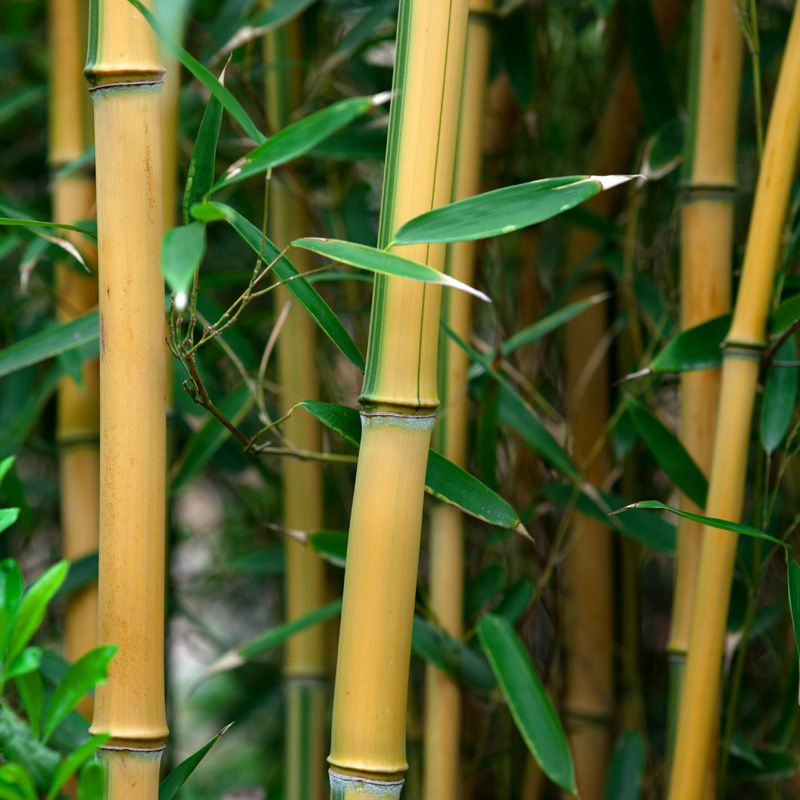
Introduction to Grasses and Bamboos
Introduction to Grasses and Bamboos
Are you an aspirant of grass and bamboos for their aesthetic value and want to grow them in your garden but think it a laborious and grinding task? Let me tell you that it’s really not that burdensome that you think. In this blog, we will cover how to care for Grasses and Bamboos and Different varieties of grass and bamboos you can grow in your garden.
Ideal Soil for Grasses:
Soil is a medium in which grass will grow, spread, absorb nutrients, and produce new plants. So, maintain a good soil texture and health for grass is a good gesture. Ideally, loamy soil is best to grow grass as it is loose enough to give enough air spaces to roots and absorbent enough to hold a healthy amount of water. The pH range differs for each variety, but pH ranging from 6.5 to 7 is good for the growth of grasses. You can also add compost or manure to the soil to improve its health.
Planting of Grasses:
If you are planting grass on the new land, then there are three methods to do it:
- Sodding: You buy rolled layers of grown grass and spread them over the soil. This method gives instant results.
- Seeding: You buy seeds and sow them in the soil after preparing them.
- Planting Plugs: In this method, you dug small holes in the soil and plant individual plants on each soil.
- Cut cool-season grasses in early spring.
- Cut warm-season grass by mid to late spring or in fall.
- Divide cool-season grasses in early fall or spring.
- Divide warm season crop anytime between spring to mid-summer.
- Divide evergreen grasses just in spring only.
- Big Bluestem:
- Blue Gamma:
- Zebra Grass:
- Mexican Feather Grass:
- Site:Bamboo likes to grow in the environment with full sun exposure and moist, well-drained, and slightly acidic soil.
- Planting:Choose the variety you want to grow, dig a hole in the soil that is twice the bamboo root-ball’s width. Place the bamboo in the hole, spread the root, and fill the hole with soil.
- Watering:Water the bamboo plants once a week until they become fully established. Later, you can water as you notice the soil is drying out.
- Fertilizers:Adding some mulch, compost, or a balanced amount of fertilizers will boost the growth of bamboos.
- Buddha Bamboo:
- Umbrella Bamboo:
- Dwarf Green Stripe Bamboo:
- China Gold:
- Hedge Bamboo:
